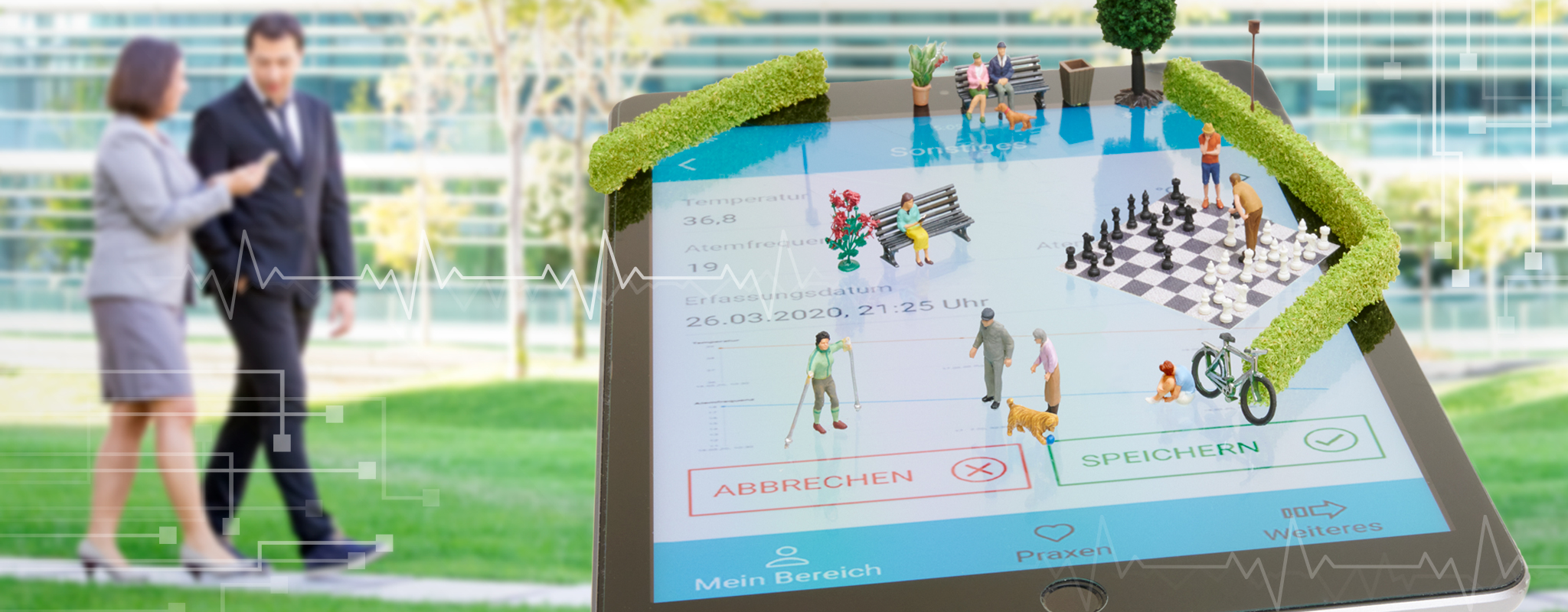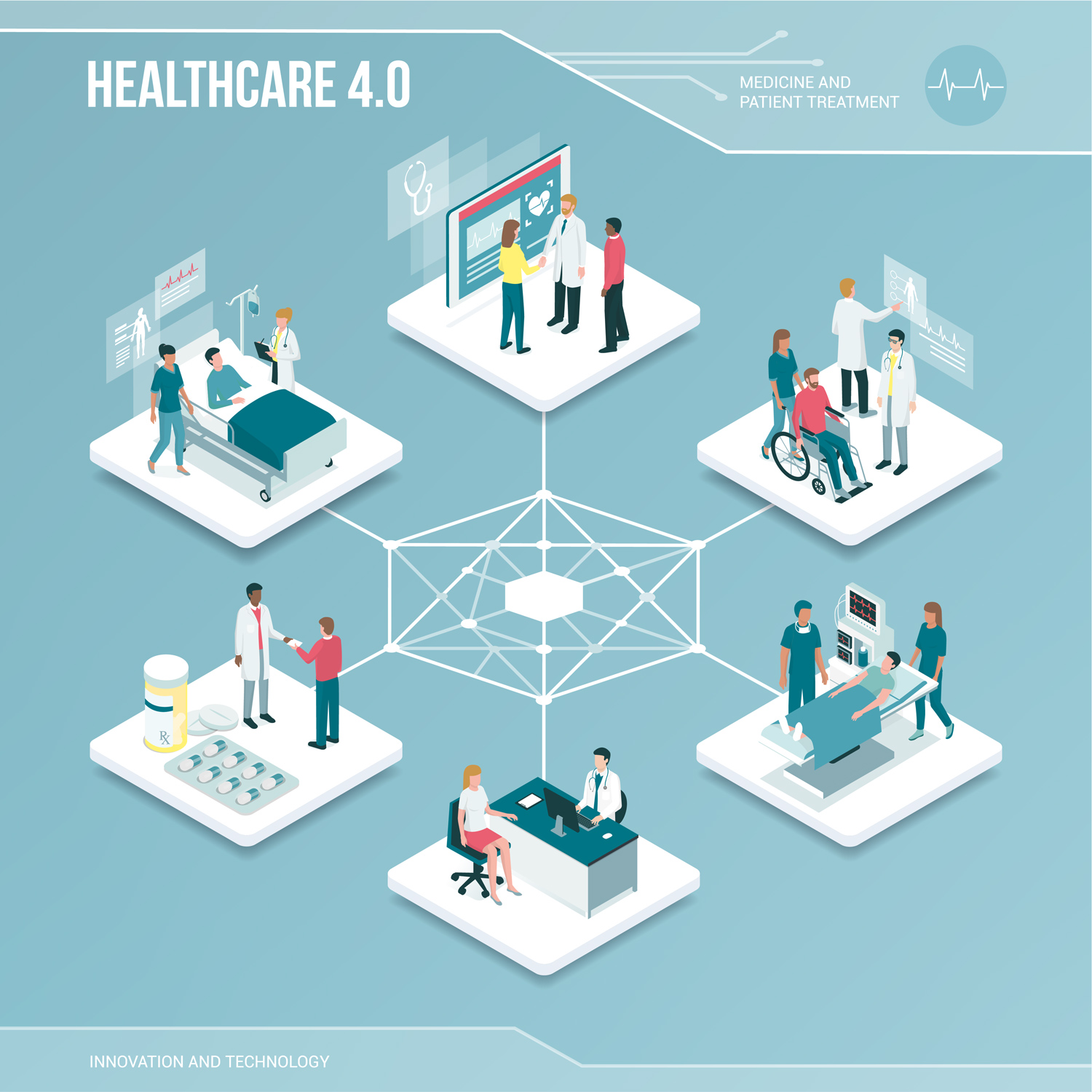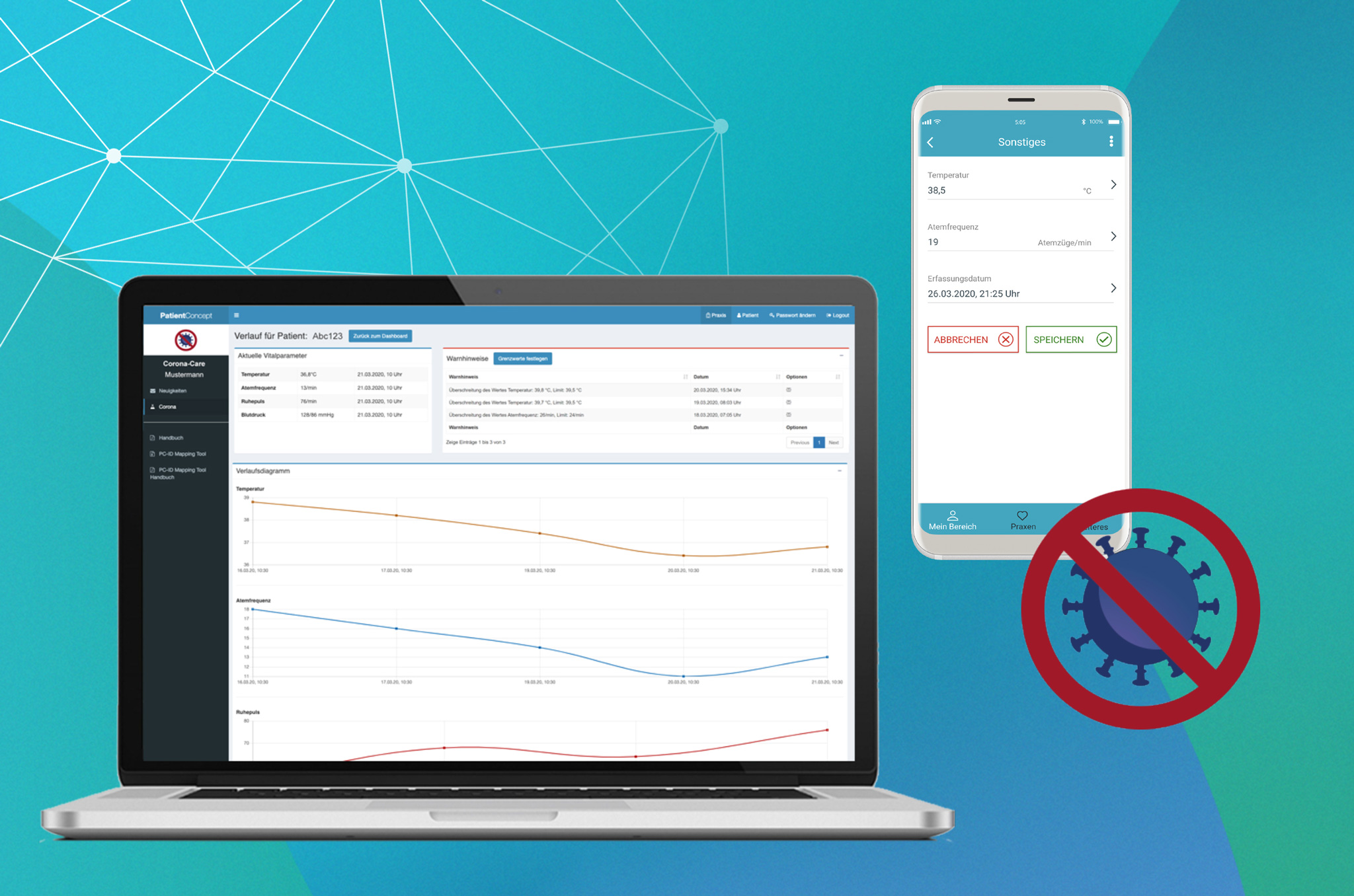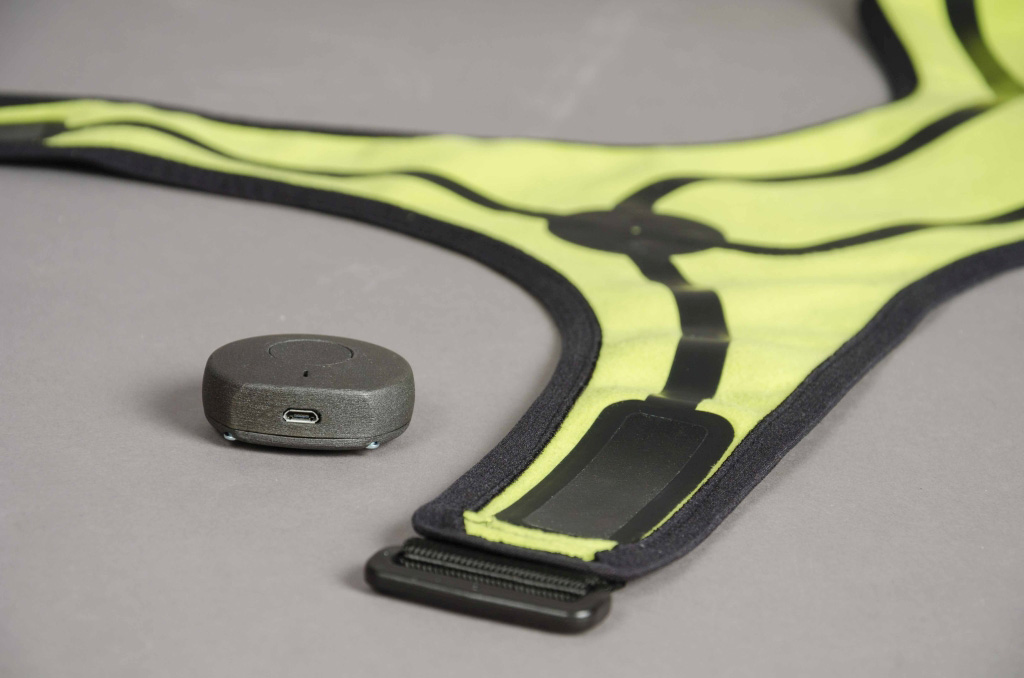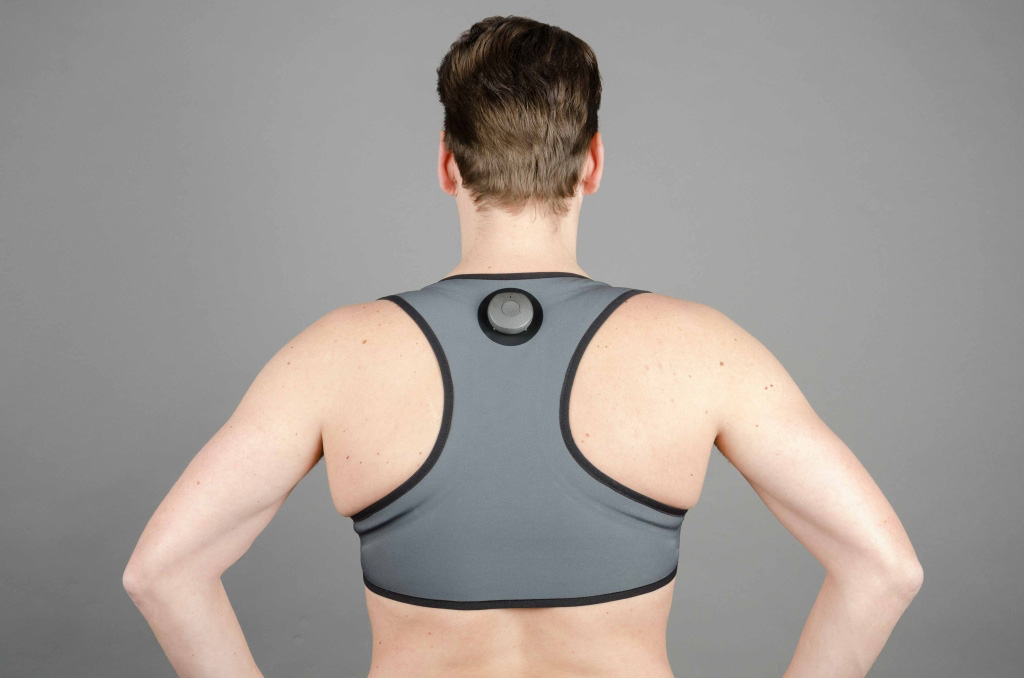In the development of digital medicine, Fraunhofer IIS focuses on progression monitoring for people with chronic conditions. During the pandemic, this expertise has proved beneficial to two projects within Fraunhofer’s anti-coronavirus program: the pandemic management app for health authorities and the concept for a portable monitoring system for COVID-19 patients on normal hospital wards.
There are only a handful of sectors that prospered during the first year of the pandemic – and digital medicine is definitely one of them. “Both politics and the general population have experienced a shift in awareness about digital medicine,” says Dr. Christian Münzenmayer, Head of Image Processing and Medical Engineering at Fraunhofer IIS. “Germany’s Digital Healthcare Act (DVG), which came into force at the end of 2019, provided an additional tailwind.”
Prescribing apps for chronic patients
Münzenmayer has high hopes for Germany’s Digital Healthcare Act because it provides for digital health applications to be covered by health insurance companies. This also includes the technologies that the Fraunhofer IIS team is working on, such as the Digital Patient Manager, or DPM for short. “We’re creating a decentralized infrastructure for medical communication,” Münzenmayer says. Instead of using a central database, each patient’s data is stored on their smartphone or computer.
